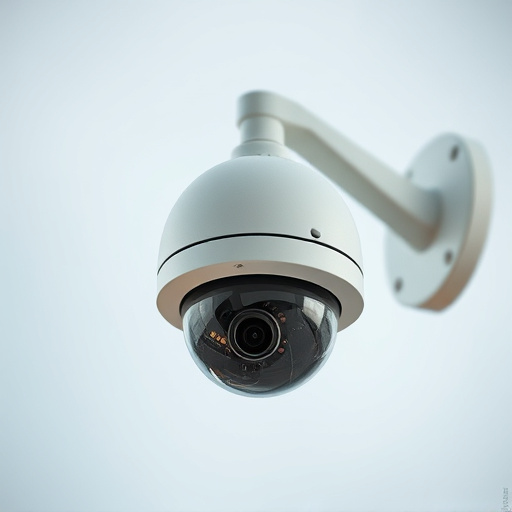Choosing between fake dome and bullet cameras for indoor surveillance depends on your priority: discretion for dome (better zoom, compact design) vs. wider field of view for bullet (higher resolution up to 4K, better visibility). Bullet cameras excel in performance due to wider lenses, making them the superior choice for robust indoor security, while dome cameras offer discreet monitoring and easy installation. Select based on your space requirements, privacy needs, and desired quality of footage.
“Uncover the truth behind indoor surveillance with our comprehensive review of Fake Dome and Bullet Cameras. In today’s digital age, enhancing home security is paramount, and these hidden systems offer a discreet yet powerful solution. We break down the key features that set them apart, from sleek design to advanced motion detection.
This article navigates the performance, durability, and user experience of Fake Dome vs Bullet Cameras, helping you decide which system best suits your needs. Discover the pros and cons, image quality, weather resistance, and ease of integration to make an informed choice.”
- Comparing Fake Dome and Bullet Cameras: Key Features
- – Design and aesthetics
- – Field of view and resolution
Comparing Fake Dome and Bullet Cameras: Key Features
When choosing between fake dome and bullet cameras for your indoor surveillance system, understanding their key features is essential. One notable difference lies in their design aesthetics; dome cameras offer a sleek, subtle look suitable for discreet monitoring, while bullet cameras have a more robust and visible appearance. Functionally, both types often include motion detection, night vision, and video recording capabilities. However, bullet cameras tend to excel in offering wider fields of view, making them ideal for larger spaces. In contrast, dome cameras might provide better zoom functionality, allowing for enhanced detail capture at closer distances.
In terms of installation, fake dome cameras generally require less complex setups due to their compact design. They can be easily mounted on ceilings or walls without drawing much attention. Bullet cameras, with their longer lenses, may need more precise positioning and could be slightly more challenging to install in crowded or obstructed areas. Consider these factors when deciding between a fake dome or bullet camera based on your specific indoor security needs.
– Design and aesthetics
When it comes to design and aesthetics, indoor surveillance systems offer a unique challenge—blending functionality with attractive visuals. One popular approach is the use of fake dome or bullet cameras, which are not only aesthetically pleasing but also highly effective. These cameras mimic real security equipment, making them less obvious while still providing clear and detailed footage. The fake dome design, for instance, offers a sleek and subtle look, suitable for homes or offices where discreteness is key.
In contrast, bullet cameras, with their elongated shape, can be more conspicuous but provide superior performance in low-light conditions. They are ideal for areas that require enhanced visibility at night. The choice between these two designs ultimately depends on the specific aesthetic preferences and security needs of the space being monitored. Both options, however, ensure a sophisticated and seamless integration into any indoor environment.
– Field of view and resolution
When comparing indoor surveillance systems, one crucial aspect is the camera’s field of view and resolution. These features determine how much area the camera can cover and the level of detail it can capture. Fake dome or bullet cameras often come with adjustable fields of view, allowing users to customize their coverage based on specific needs. Higher-resolution cameras, typically offering 1080p or even 4K clarity, ensure that every detail is visible, making them ideal for monitoring intricate activities.
In the battle between fake dome and bullet cameras, resolution tends to favor bullet cameras. Their design often allows for wider lenses, resulting in a sharper image and better detection capabilities. This advantage is particularly notable when enhancing security in larger or more complex indoor spaces where clear visibility is essential for effective surveillance.
When it comes to choosing between fake dome and bullet cameras for indoor surveillance, understanding their key features is essential. Fake dome cameras offer a sleek, discreet design that blends seamlessly into various decor styles, while bullet cameras stand out with their robust build but provide a wider field of view. In terms of resolution, both types have advanced capabilities, ensuring clear images. Ultimately, the better option depends on your specific needs: go for fake dome if aesthetics are priority, or bullet camera if you require enhanced visibility and durability.
